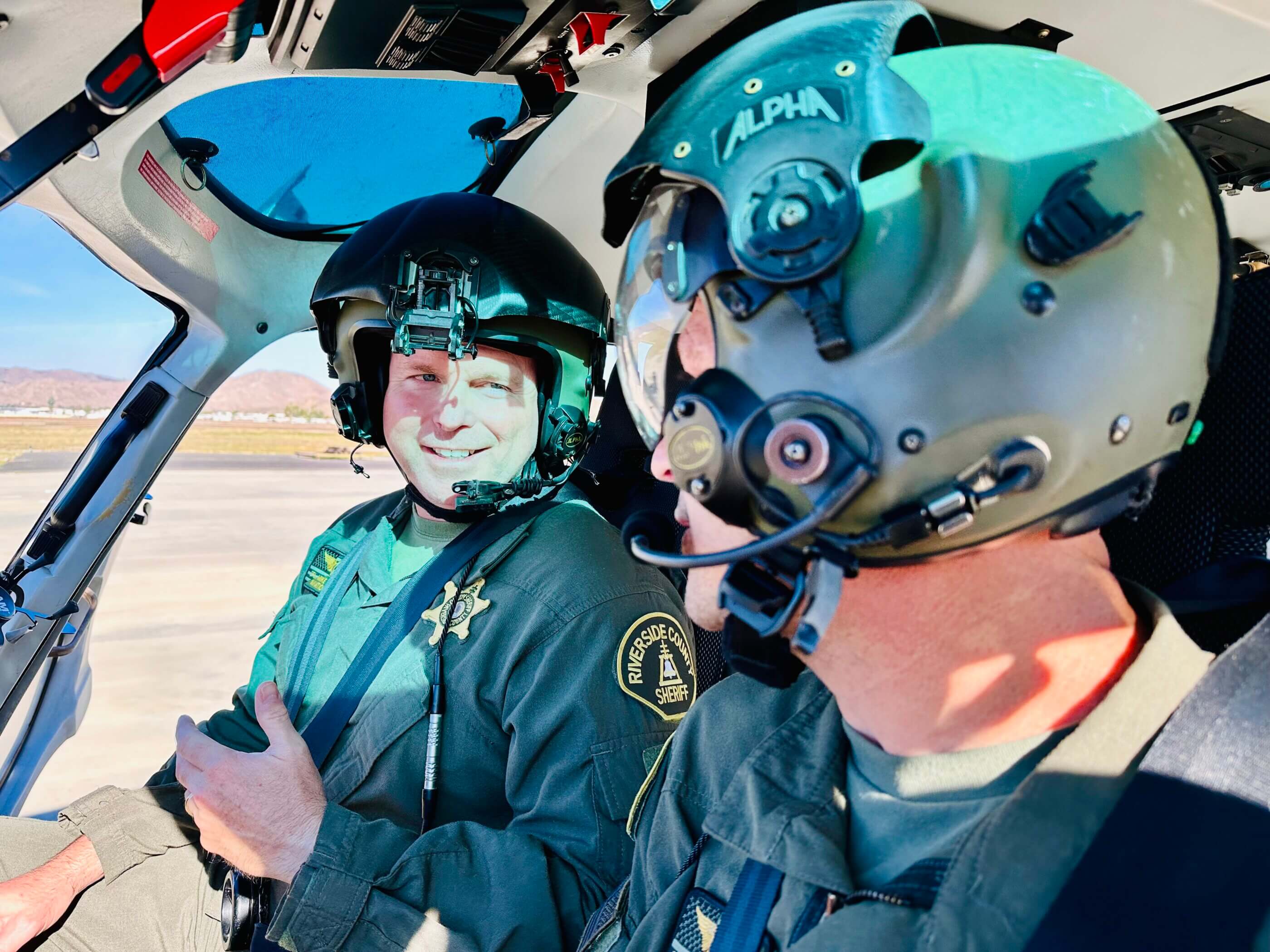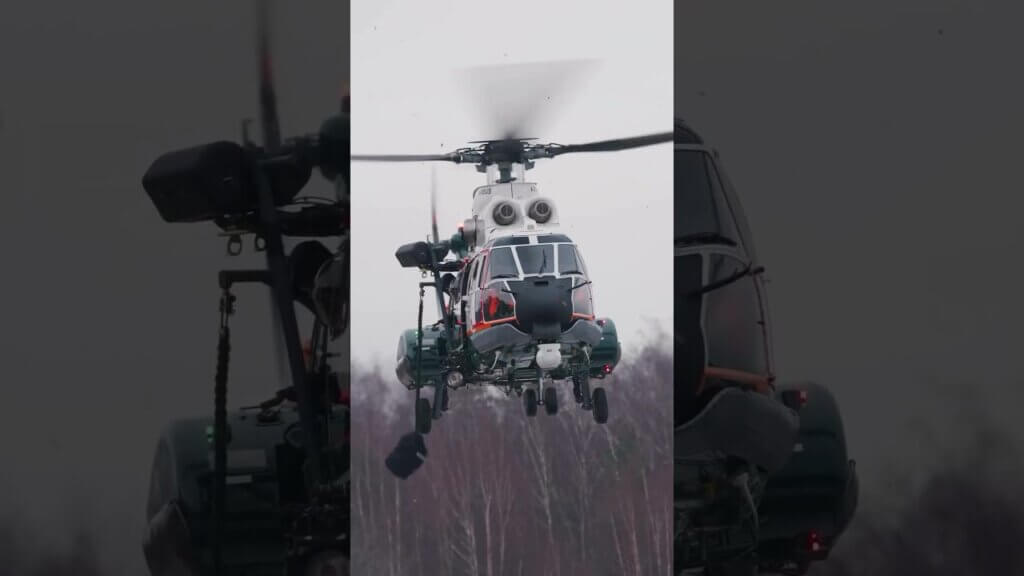
I recently had the chance to join Jon Gray to guest host an episode of The Hangar Z Podcast at the ECHO Public Safety Aviation Conference in October. We sat down with Tactical Flying instructor Matt Zdunich to talk about the very important task of training future tactical flight officers (TFOs).
Listen to the podcast where we dive deeper into TFO selection, best teaching practices, training tools, and more — all of the topics I’m passionate about when it comes to helping the next generation of law enforcement personnel overcome the learning curve of becoming a TFO.
Being a TFO instructor is a tremendous honor. It is an endeavor that must be approached with the gravity it deserves. You are not simply showing, or worse, telling a student what to do. You are a mentor, and if done correctly, you are a shaper of behavior.
In my experience, being a TFO in law enforcement is by far the most difficult job to learn and perform at a high level. There simply is no other position in law enforcement like it, and because of that, specific teaching considerations should be practiced to mitigate the already high failure rate.
In the Federal Aviation Administration’s (FAA) Aviation Instructor’s Handbook, learning is defined as “a change in behavior as the result of experience.” You, as the mentor, can control a great deal of that experience, therefore changing the behavior. After all, that is the ultimate goal — to take a student and turn them into a competent TFO. Once you have thoroughly tested, interviewed, vetted, and selected your candidates, then the long, patient process of teaching them the position begins. I have found some great methods to follow, as well as some that can certainly set a candidate on a path to failure or, at the very least, frustrated doubt.
The requirements involved in performing as an effective TFO are extensive. The TFO must be able to compartmentalize one stressful situation from another. Additionally, they need to have advanced spatial awareness to navigate to a house or intersection from miles away, accurately take in information from a call, process and audit that information, and recalibrate the information based on the estimated time of arrival and ever-changing circumstances.
Finally, they need to tactically diagnose what it is they see once overhead. If a TFO is not an extrovert, then he or she must find a way to at least fake it on the job. As a TFO instructor, you already know this because you went through the experience yourself. Mitigating failure in the training program involves understanding how people learn and what blocks their learning.
One pitfall an instructor can fall victim to and detract from a student’s learning is to enter into training with bias regarding the student’s capabilities, or allowing their level of experience to affect how the student is expected to perform. That TFO seat is the great humbler. It doesn’t matter how many years of experience they have, how many arrests they’ve made, or how many awards they’ve earned. Having many years of experience doesn’t always translate into training being easier for the student. Likewise, being light on patrol experience doesn’t always hurt the student. A positive teaching tip is to start every training cycle with an attitude that this position is difficult for everyone.
Successfully changing your student’s behavior begins with acknowledging from the beginning that the student will make dozens of mistakes each shift. Most training programs run for about four months, which is a long time to make mistakes and can be discouraging. Most TFOs will tell you they didn’t feel competent until two years into their role. Confidence in the student will accelerate their learning and challenge the student to perform to more significant levels if they see and feel tangible results. Again, you as the instructor can control much of that experience with patience and grace. What the student thinks is how they will feel, and how they feel is how they will act.
It is guaranteed all students will eventually hit a rough patch in confidence. Being aware of this as an instructor can go a long way in preparing them. Remind them of how they got there. They passed a stringent selection process — your process — and in doing so they demonstrated a trainable understanding and aptitude to sit for training. They belong in the TFO role and you want them there to succeed. Your student base is cops, and they can smell insincerity a mile away, so make every effort to be that professional coach. However, they do have the responsibility to learn and meet the following benchmarks and that is important to communicate.
Much of the anxiety in learning a new and intimidating skill comes from an unfamiliarity of what to expect. As much as possible, have the candidates ride with your air unit and see the pilot and TFO interact before they begin formal training. Some of the best prepared and skilled deputies I worked with on patrol were once police explorers. They were exposed to the job for years before they went to the academy, and the knowledge and training they received helped cushion that fear of the unknown. Lastly, treat the instructor/student relationship as a training program, not a constant performance evaluation.
Mike Calhoun is a helicopter certified flight instructor instrument (CFII), night vision goggle instructor, and corporal with a Southern California sheriff’s office, serving as a search-and-rescue helicopter pilot.









